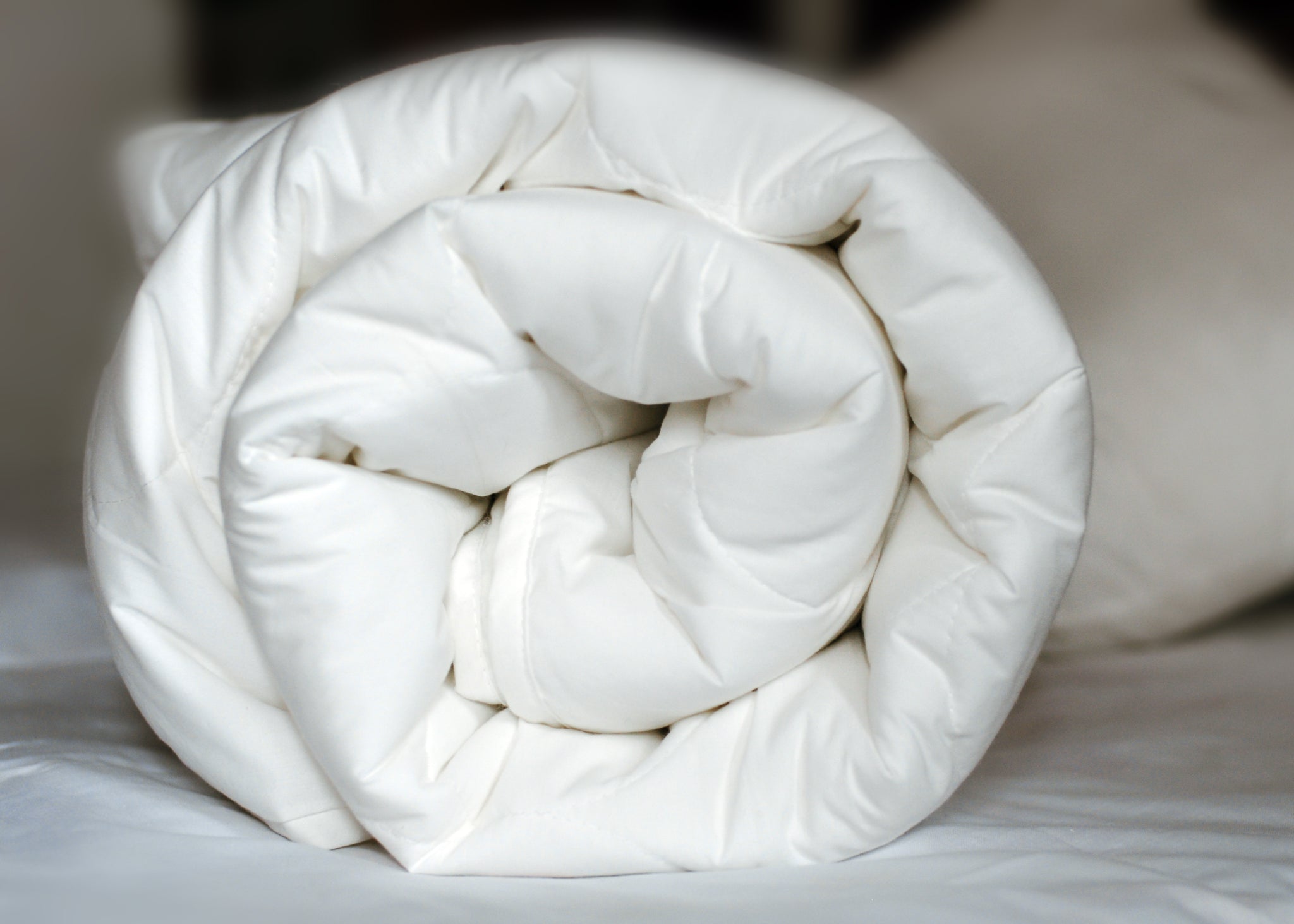

Articles
How To Wash A Wool Duvet
Modified: October 27, 2024
Learn how to wash a wool duvet with our helpful articles. Keep your duvet clean and cozy with our step-by-step guide.
(Many of the links in this article redirect to a specific reviewed product. Your purchase of these products through affiliate links helps to generate commission for Storables.com, at no extra cost. Learn more)
Introduction
Wool duvets are a luxurious bedding option that is not only warm and cozy, but also offers a range of benefits for a good night’s sleep. However, many people are unsure of how to properly care for their wool duvets, especially when it comes to washing them. In this article, we will guide you through the process of washing a wool duvet, ensuring that you maintain its quality and prolong its lifespan.
Wool is a natural fiber known for its insulating and moisture-wicking properties. It is hypoallergenic, resistant to dust mites, and breathable, making it an ideal choice for those with allergies or sensitivities. Unlike synthetic materials, wool duvets do not trap heat or moisture, allowing you to sleep comfortably in both warm and cold climates.
However, due to the delicate nature of wool, it is important to take special care when washing a wool duvet. Improper washing can lead to shrinkage, damage to the fibers, and loss of loft, resulting in a less comfortable and less effective duvet. By following the proper washing methods, you can maintain the quality of your wool duvet and ensure its longevity.
In the following sections, we will discuss the necessary steps to prepare, wash, dry, and store your wool duvet. Whether you choose to hand wash or machine wash your duvet, we will provide you with the guidelines to make the process as easy and effective as possible. So, let’s get started and learn how to properly wash your wool duvet.
Key Takeaways:
- Properly caring for your wool duvet is essential to maintain its quality, comfort, and longevity. Whether hand washing or machine washing, using gentle detergent and thorough drying and fluffing are crucial steps to preserve its luxurious warmth and benefits.
- Storing your wool duvet in a breathable bag or cotton cover, in a cool, dry, and well-ventilated area, helps protect it from dust, pests, and moisture. Regular inspection and proper folding during storage ensure that your duvet remains fresh and ready for use.
Read more: How To Wash Wool In A Washing Machine
Preparing the Duvet
Before you begin the process of washing your wool duvet, it is important to properly prepare it. This step helps to remove any surface dirt, dust, or loose fibers, ensuring a clean and thorough wash.
Start by removing the wool duvet from its duvet cover, if applicable. Shake the duvet gently to loosen any debris and allow the fibers to regain their natural loft. This will also help to distribute any clumped areas of wool.
Next, inspect the duvet for any stains or spots. Use a stain remover or a mild detergent specifically formulated for wool to pre-treat any areas that need attention. Follow the instructions on the stain remover or detergent bottle and gently dab the affected area with a clean cloth or sponge. Avoid rubbing or scrubbing vigorously, as this can damage the delicate wool fibers.
If your duvet is heavily soiled or has an unpleasant odor, you may consider airing it outside on a sunny day. Sunlight acts as a natural disinfectant and freshener, and it can help to revitalize the wool fibers. Hang the duvet in a well-ventilated area, away from direct sunlight, and allow it to air out for a few hours. This step can be particularly beneficial if you live in a humid environment as it helps to prevent the growth of mold or mildew.
Once you have prepped and inspected the duvet, it is time to move on to the washing process. Whether you choose to hand wash or machine wash your wool duvet, the next sections will provide you with step-by-step instructions for both methods to ensure a successful cleaning while preserving the quality of the duvet.
Choosing the Right Washing Method
When it comes to washing a wool duvet, you have two primary options: hand washing or machine washing. The choice of method depends on your personal preference, the size and weight of your duvet, and the resources available to you.
Hand washing is a gentle and meticulous method that allows for more control over the process. It is ideal for smaller duvets or if you prefer a hands-on approach. Hand washing ensures that the duvet is not subjected to the agitating motion of a washing machine, minimizing the risk of damage to the delicate wool fibers.
On the other hand, machine washing can be a convenient option, especially for larger duvets. However, it requires some extra precautions to avoid potential issues. If you decide to machine wash your wool duvet, make sure to use a front-loading or top-loading agitator-free washing machine. The agitator in traditional top-loading machines can cause excessive agitation, leading to matting of the wool fibers, loss of loft, and potential damage to the duvet.
Before proceeding with either method, always refer to the care instructions provided by the manufacturer. Some duvets may have specific guidelines or limitations on the washing method to maintain their warranty or to ensure optimum performance.
Regardless of the method you choose, it is crucial to use a gentle, pH-neutral detergent specifically formulated for wool. Avoid using regular laundry detergents, bleach, or harsh chemicals, as they can strip the natural oils from the wool and cause damage.
Now that you have a better understanding of the washing options, let’s dive into the step-by-step instructions for hand washing and machine washing your wool duvet.
Hand Washing the Wool Duvet
If you prefer a more hands-on and delicate approach, hand washing your wool duvet is a great option. It allows for better control over the cleaning process and minimizes the risk of damage to the delicate wool fibers.
Here is a step-by-step guide on how to hand wash your wool duvet:
- Fill a clean bathtub or a large basin with lukewarm water. Avoid using hot or cold water, as extreme temperatures can shrink or felt the wool.
- Add a small amount of a gentle, pH-neutral wool detergent to the water. Follow the instructions on the detergent bottle for the appropriate amount.
- Gently submerge the wool duvet into the water. Gently swish it around to ensure even distribution of the detergent.
- Allow the duvet to soak for about 15-20 minutes, ensuring that it remains fully submerged.
- Using your hands, lightly press and squeeze the duvet to remove dirt and soap residue. Avoid wringing or twisting the duvet, as this can cause damage to the wool fibers.
- Drain the soapy water from the tub or basin.
- Refill the tub or basin with lukewarm water to rinse the duvet. Gently press and squeeze the duvet to remove any remaining soap.
- Repeat the rinsing process until the water runs clear and free of soap.
- Once thoroughly rinsed, carefully lift the duvet and squeeze out any excess water. Do not twist or wring.
- Place the duvet on a clean towel and roll it up, gently pressing to remove additional moisture.
- Unroll the towel and transfer the duvet to a well-ventilated area to air dry. Avoid direct sunlight or heat sources, as they can cause the wool fibers to become stiff or damaged.
- Periodically fluff and reposition the duvet to ensure even drying.
Depending on the size and thickness of your wool duvet, it may take several days for it to completely dry. Patience is key to maintaining the quality of the duvet.
Hand washing is a meticulous process, but it ensures that your wool duvet is cleaned gently and thoroughly, preserving its loft, softness, and overall quality. If hand washing is not feasible for you, or if you have a larger duvet, machine washing is a viable alternative, which we will discuss in the next section.
When washing a wool duvet, use a gentle wool detergent and wash on a delicate cycle with cold water. Avoid using bleach or fabric softener, and air dry or use a low heat setting in the dryer.
Machine Washing the Wool Duvet
If you have a larger wool duvet or prefer the convenience of a washing machine, machine washing can be a suitable option. However, it is crucial to take extra precautions to prevent damage to the delicate wool fibers. Follow these step-by-step instructions for machine washing your wool duvet:
- Start by ensuring that you have a front-loading or top-loading agitator-free washing machine. The agitator in traditional top-loading machines can cause excessive agitation and potentially damage the duvet.
- Refer to the manufacturer’s care instructions to determine the appropriate water temperature and cycle settings for your specific duvet.
- Place the wool duvet in the machine, making sure that it has enough space to move freely. Avoid overcrowding the machine, as this can result in uneven cleaning and potential damage.
- Add a small amount of a gentle, pH-neutral wool detergent to the machine. Follow the instructions on the detergent bottle for the appropriate amount.
- Select the appropriate water temperature and cycle setting as recommended by the manufacturer or specified in the care instructions.
- Start the washing cycle and allow it to complete its full duration.
- Once the washing cycle is complete, remove the duvet from the machine.
- Carefully lift the duvet and squeeze out any excess water. Do not twist or wring.
- Place the duvet on a clean towel and roll it up, gently pressing to remove additional moisture.
- Unroll the towel and transfer the duvet to a well-ventilated area to air dry. Avoid direct sunlight or heat sources, as they can cause the wool fibers to become stiff or damaged.
- Periodically fluff and reposition the duvet to ensure even drying.
It is important to note that the agitation and spinning of a washing machine can cause the wool fibers to mat or felt, compromising the duvet’s loft and softness. To minimize the risk, always use a gentle cycle and avoid excessive agitation.
Additionally, if your duvet is particularly large or heavy, it may be challenging to fit it into a standard-sized washing machine. In such cases, it may be best to opt for professional cleaning services that specialize in wool and natural fiber products.
By following these guidelines, you can safely machine wash your wool duvet and enjoy its luxurious warmth and comfort for years to come.
Drying and Fluffing the Duvet
Once you have washed your wool duvet, the next step is to properly dry and fluff it to ensure its loft, softness, and overall quality. Follow these steps to effectively dry and fluff your duvet:
- After gently squeezing out excess water from the duvet, transfer it to a well-ventilated area for air drying. Avoid direct sunlight or heat sources, as they can cause the wool fibers to become stiff or damaged.
- It is important to periodically fluff and reposition the duvet during the drying process to prevent clumping and ensure even drying. Gently shake the duvet and fluff it with your hands to distribute the moisture and restore its loft.
- Depending on the size and thickness of your duvet, it may take several days for it to completely dry. Patience is key to maintaining the quality of the duvet.
- Once the duvet is fully dry, it is time to give it a final fluffing. Hold the duvet from opposite corners and give it a good shake to revive the wool fibers and restore its fluffy and voluminous appearance.
- Using your hands, gently pull and fluff the duvet to ensure that the filling is evenly distributed. Pay attention to any areas that may have become flattened or compacted during the washing and drying process.
- If necessary, you can also use a handheld garment steamer on low heat to help fluff up the duvet and smooth out any wrinkles or creases.
Proper drying and fluffing help maintain the loft and softness of the wool duvet, ensuring that it continues to provide warmth and comfort for a restful night’s sleep.
Now that your duvet is clean, dry, and fluffed, it’s time to move on to the final step – storing it properly to protect it from dust, pests, and moisture.
Storing the Wool Duvet
When it comes to storing your wool duvet, proper care is essential to protect it from dust, pests, and moisture. Follow these guidelines to ensure that your duvet remains in excellent condition when not in use:
- Ensure that the duvet is completely dry before storing it. Any residual moisture can lead to mildew or mold growth over time.
- Use a breathable storage bag or a cotton duvet cover to protect the duvet from dust and dirt. Avoid using plastic bags or airtight containers, as they can trap moisture and lead to a musty smell.
- Before placing the duvet in the storage bag or cover, ensure that it is folded or rolled loosely to allow for proper airflow. Avoid compressing or tightly packing the duvet, as this can cause the fibers to become compacted and lose their loft.
- Store the duvet in a cool, dry, and well-ventilated area. Avoid storing it in places like attics, basements, or areas prone to high humidity, as moisture can damage the wool fibers.
- To further protect the duvet from pests such as moths, consider adding natural moth repellents like lavender sachets or cedar blocks to the storage area. However, avoid direct contact with the duvet to prevent any scent transfer.
- Periodically inspect the duvet during storage to ensure that it remains in good condition. Look for any signs of pest infestation, moisture damage, or odor. If any issues are detected, take appropriate measures to address them immediately.
- Avoid heavy items being placed on top of the stored duvet, as this can compress the fibers and affect its loft. Store the duvet in a place where it is not subject to unnecessary pressure or weight.
By following these storage practices, you can maintain the quality of your wool duvet and ensure that it remains fresh, clean, and ready for use the next time you need it.
Now that you know how to properly wash, dry, and store your wool duvet, you can enjoy its warmth, comfort, and numerous benefits for years to come. Remember to refer to the manufacturer’s care instructions for any specific guidelines related to your duvet to ensure its longevity.
Conclusion
Caring for your wool duvet is essential to maintain its quality, comfort, and longevity. By following the proper washing methods and taking the necessary precautions, you can ensure that your duvet remains clean, fresh, and ready to provide you with cozy warmth night after night.
Whether you choose to hand wash or machine wash your duvet, always use a gentle, pH-neutral wool detergent and follow the manufacturer’s care instructions. Take the time to properly prepare the duvet, remove stains if necessary, and choose the washing method that best suits your needs and resources.
After washing, ensure that the duvet is thoroughly dried and fluffed to restore its loft and softness. By periodically shaking and repositioning the duvet during the drying process, you can prevent clumping and ensure even distribution of the filling.
When it’s time to store your wool duvet, make sure it is completely dry and use a breathable storage bag or cotton duvet cover to protect it from dust. Store it in a cool, dry, and well-ventilated area, and periodically check for any signs of damage or pest infestation.
Properly caring for your wool duvet not only helps maintain its quality and effectiveness but also ensures your comfort and well-being. The natural properties of wool, such as its insulation, moisture-wicking, and hypoallergenic qualities, contribute to a healthy and restful sleep environment.
Investing in a wool duvet is a luxurious choice that offers numerous benefits, and with the right care, it can continue to provide you with warmth and comfort for many years. So, follow the guidelines provided in this article and enjoy the cozy embrace of your clean and well-maintained wool duvet.
Remember, taking care of your duvet is an investment in your sleep quality and overall well-being.
Frequently Asked Questions about How To Wash A Wool Duvet
Was this page helpful?
At Storables.com, we guarantee accurate and reliable information. Our content, validated by Expert Board Contributors, is crafted following stringent Editorial Policies. We're committed to providing you with well-researched, expert-backed insights for all your informational needs.
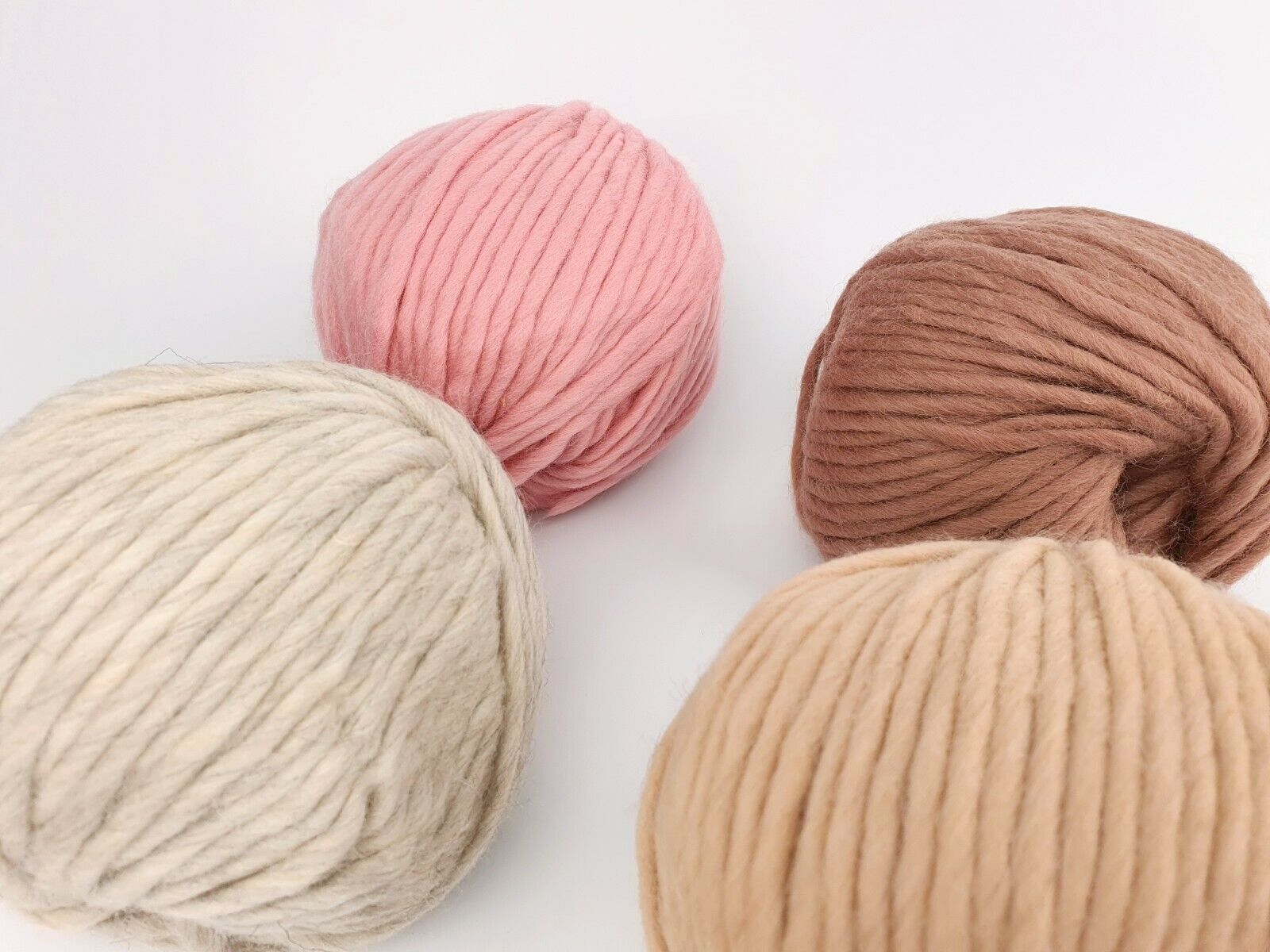

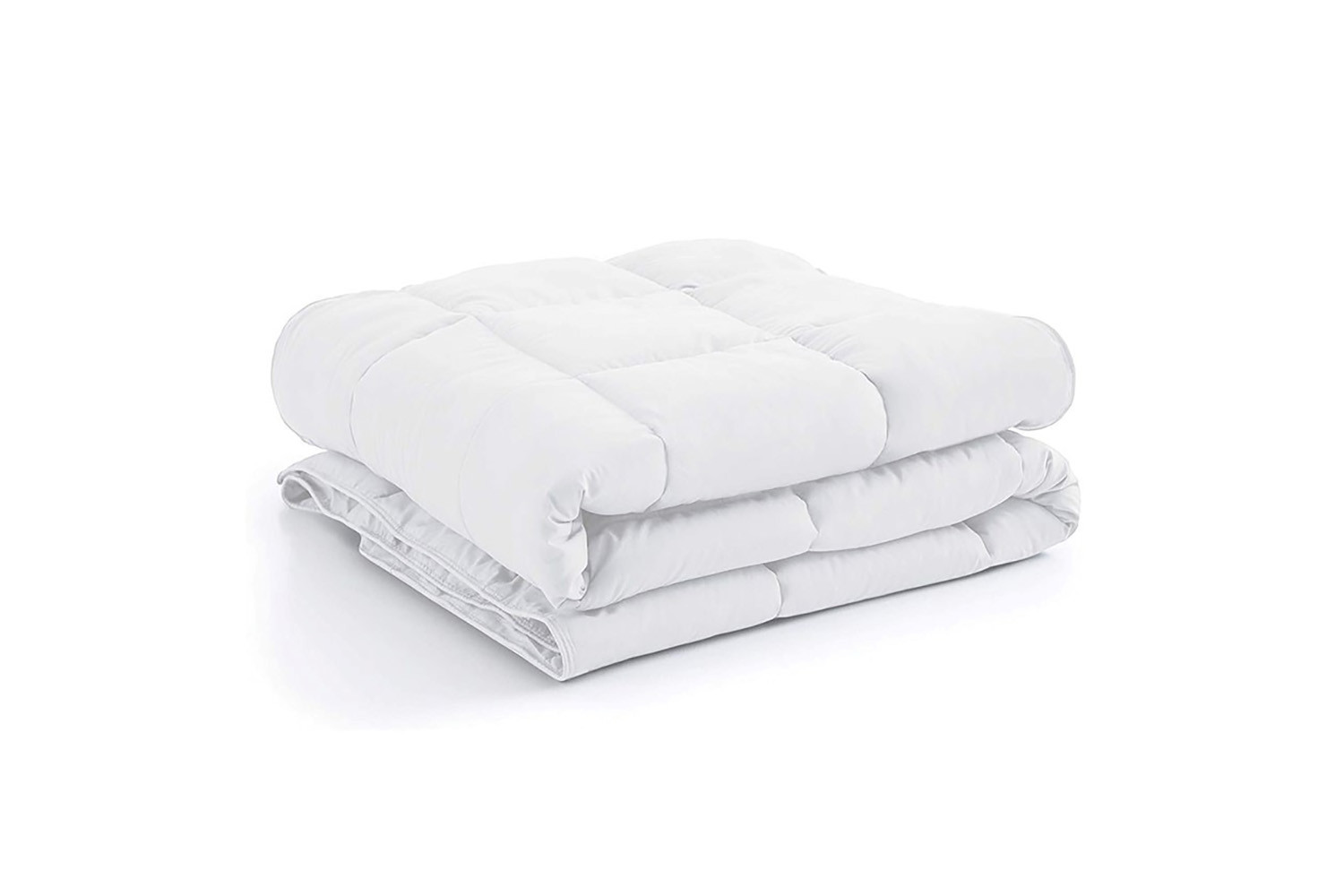
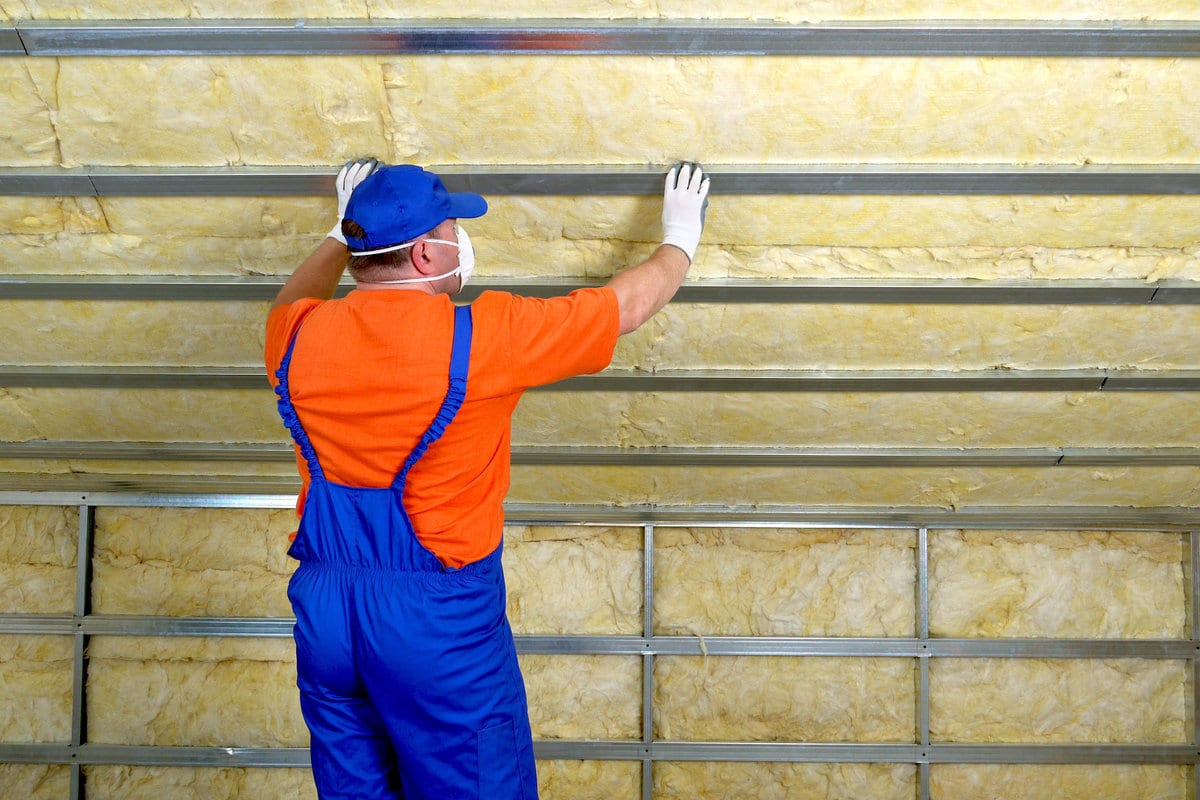
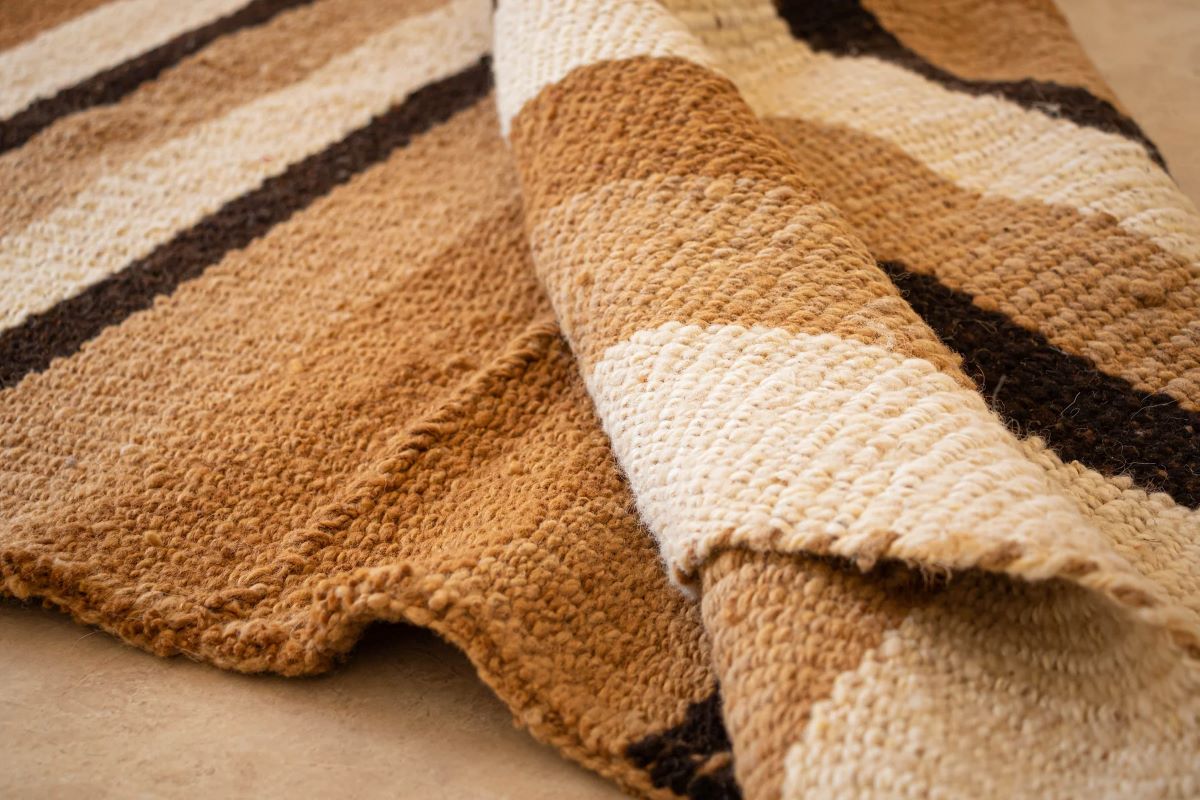
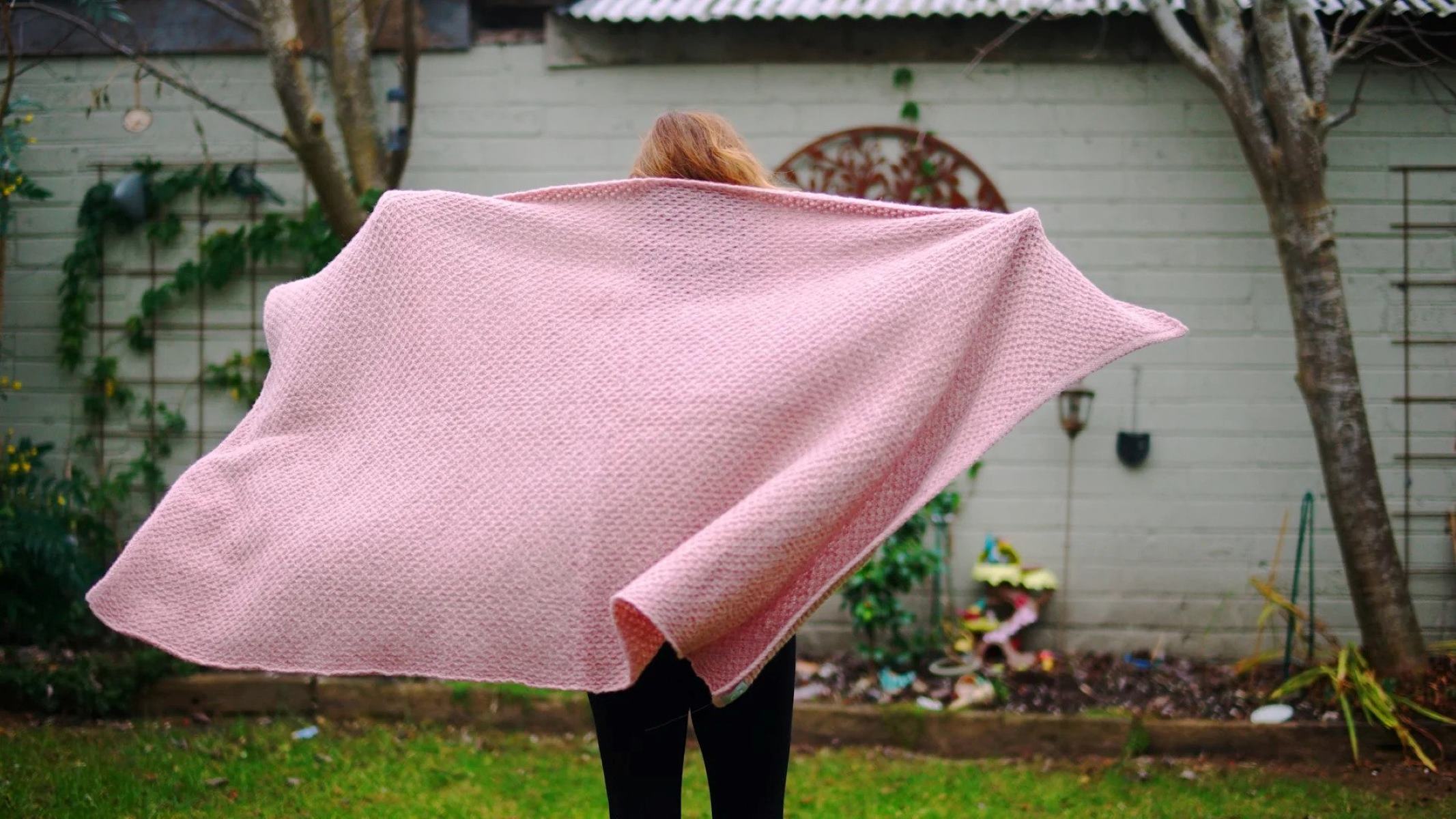







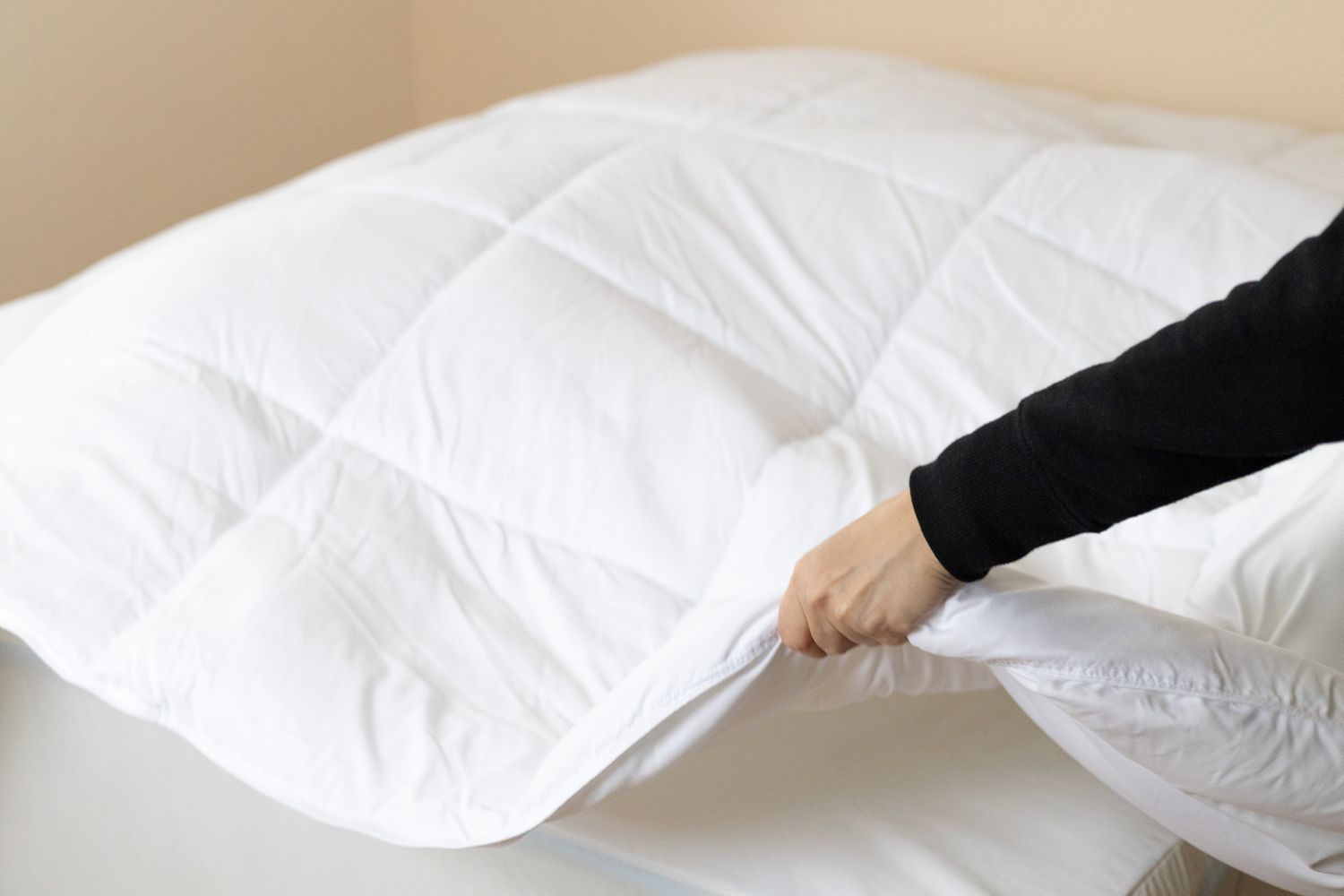

0 thoughts on “How To Wash A Wool Duvet”